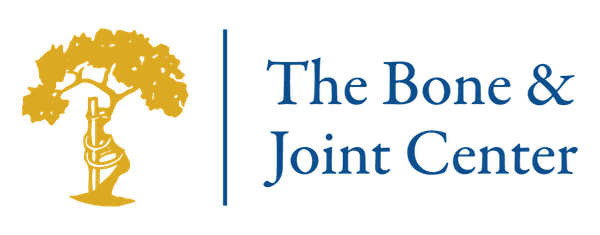Bennett's Fracture - Fracture of the Base of the Thumb
Introduction
A Bennett’s fracture occurs when the bone at the base of the thumb breaks and dislocates. It results from a forceful injury, such as during fist fighting, playing football, accidents, or a fall. A Bennett’s fracture causes thumb swelling, pain, and immobility. Treatment entails realigning the broken bone and providing stabilization while it heals.Anatomy
Your thumb joint is the only joint in your hand that can move in all directions. Your thumb can move up and down, in and out, and rotate slightly to touch your fingers (opposition). You move your thumbs hundreds of times each day. The movements of the thumb allow it to work as an anchor to help the fingers hold objects. The thumb works as a grip when you use a hammer or hold a glass. The thumb also acts as a stabilizer to allow your fingers to manipulate items. You use such precision movements for such activities as counting coins and handwriting. A tendon that attaches to the base of the thumb metacarpal, called the abductor pollicis longus, is responsible for the joint dislocation that can occur with a Bennett’s fracture.
Causes
Symptoms
Diagnosis
Treatment
Surgery
Recovery

Copyright © - iHealthSpot Interactive - www.iHealthSpot.com
This information is intended for educational and informational purposes only. It should not be used in place of an individual consultation or examination or replace the advice of your health care professional and should not be relied upon to determine diagnosis or course of treatment.
The iHealthSpot patient education library was written collaboratively by the iHealthSpot editorial team which includes Senior Medical Authors Dr. Mary Car-Blanchard, OTD/OTR/L and Valerie K. Clark, and the following editorial advisors: Steve Meadows, MD, Ernie F. Soto, DDS, Ronald J. Glatzer, MD, Jonathan Rosenberg, MD, Christopher M. Nolte, MD, David Applebaum, MD, Jonathan M. Tarrash, MD, and Paula Soto, RN/BSN. This content complies with the HONcode standard for trustworthy health information. The library commenced development on September 1, 2005 with the latest update/addition on February 16, 2022. For information on iHealthSpot’s other services including medical website design, visit www.iHealthSpot.com.

